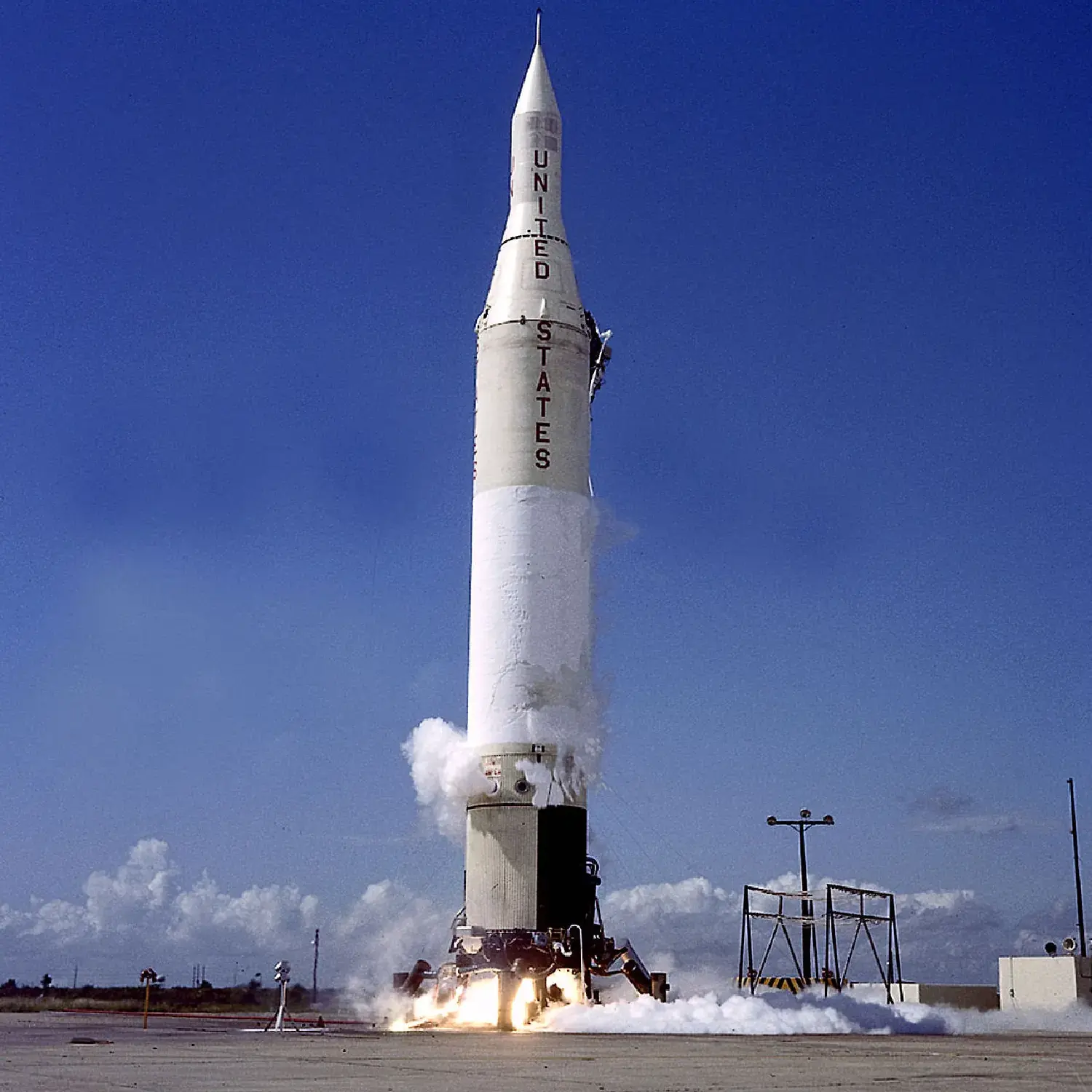/
Juno II

Description
Juno II was an American space launch vehicle used during the late 1950s and early 1960s. It was derived from the Jupiter missile, which was used as the first stage. Solid rocket motors derived from the MGM-29 Sergeant were used as upper stages—eleven for the second stage, three for the third stage, and one for the fourth stage—the same configuration as used for the upper stages of the smaller Juno I rocket. On some launches to low Earth orbit, the fourth stage was not flown. Development of the Juno II was extremely fast due to being completely built from existing hardware. The main differences between the Juno II and Jupiter were stretched propellant tanks for increased burn time (the first stage burn time was approximately 20 seconds longer than on the Jupiter), a reinforced structure to support the added weight of upper stages, and the inertial guidance system replaced with a radio ground guidance package, which which was moved to the upper stages.
Missions
10
Success Rate
45.0%
Successes
4
Failures
5
Success Streak
0
Partial Failures
1
Previous

Explorer 12a

Explorer 11 (S 15)
Configurations

Juno II
Active 1958 to 1961
Rocket
Height: 24m
Payload to Orbit
LEO: 41 kg
Liftoff Thrust
667 Kilonewtons
Stages
4